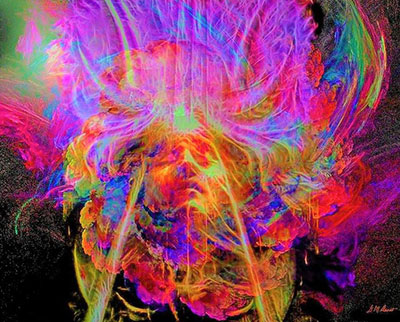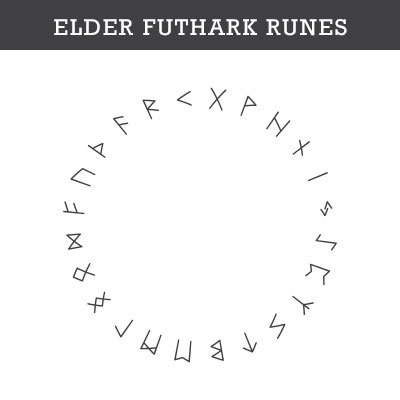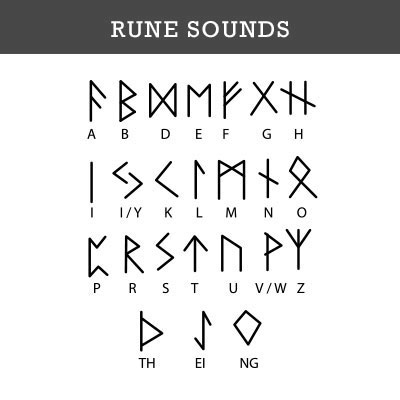Runes and the Shamanic Connection
It’s a state that may be attained through ‘teacher plants’ or induced by clapping, drumming, trance dancing, or, as in Odin’s experience, an initiatory ordeal. The ‘homework’ has been done for us!
The label ‘shaman’ may have evolved from the ancient Sanskrit ‘sramr’, meaning ‘religious experience’ or from the Gothic ‘flaman’ meaning ‘keeper of the flame’ (of enlightenment). In Siberia, where shamanism is still practiced today, ‘saman’ means ‘to know’.
As a wizard of altered states of consciousness, the shaman has never been bound by Western logic. From the shamanic perspective, it’s considered quite normal to travel to other worlds, communicate with ancestral spirits, heal from a distance and bring back messages from other dimensions.
From such spirit or out of body (OBE) journeys, Bronze Age shamans brought back cosmic insights, revelations or knowledge of archetypal energies, which were then encapsulated in rock-art symbols, the earliest rune-forms.
However, it was only around the 5th century BCE that the Teutons or ‘People of the North’ codified these signs. As the Northerners moved south, they interacted with Italic tribes who were developing the early Latin alphabet.
What are Runes?
The name ‘Runa’ means ‘a mystery’ – in the sense of something which might be experienced yet remains difficult to explain. It also means ‘to whisper’ and ‘a secret’. It should therefore come as no surprise that the information was transmitted from shaman to pupil by word of mouth.
Rune symbols were originally carved onto the bark of trees or engraved on stone. The original meaning of the word ‘write’ meant ‘to scratch or cut’ (compare the German cognate ‘ritze’), while ‘book’ (Old English: boc) is a variant of ‘Beech’ (tree). And ‘read’ originally meant ‘to guess or decipher’. This may suggest that the origins of writing in northern countries were fed by runic protocol and magical practice. In ancient times, writing was originally the prerogative of the high priests or initiated elders.
The runes have a lattice of correspondences, each associated with an exoteric (pictographic and sometimes combined ideographic) interpretation and an esoteric (hidden) meaning; a deity (god or goddess); an element; a polarity/gender; precious stone; herb; tree and a sound. They resonate and correlate transcendentally with the Tarot, numerology and astrological systems.
Definitions
Rune Divination is the use of symbols by the rune shaman as a focus for a practice involving the passive reception of impressions from the objective environment as well as hidden aspects of subjective reality (tradition, thought, and intuition – the inner ‘god’). The idea is to invite options of action or inaction with regard to life situations so that problems can be resolved creatively. The Odin’s Runes website is dedicated to this process.
Rune Magic is divination logic in reverse. It’s the use of symbols by the rune shaman as a focus for a practice involving the active projection of the will and consciousness into mainly objective (and sometimes subjective) reality, with the intention of altering such reality. The practice of rune magic utilizes rune symbols as an energetic template for manifesting will by using formulae (rune taufr), associated sounds (rune galdr), or postures (rune asanas).



